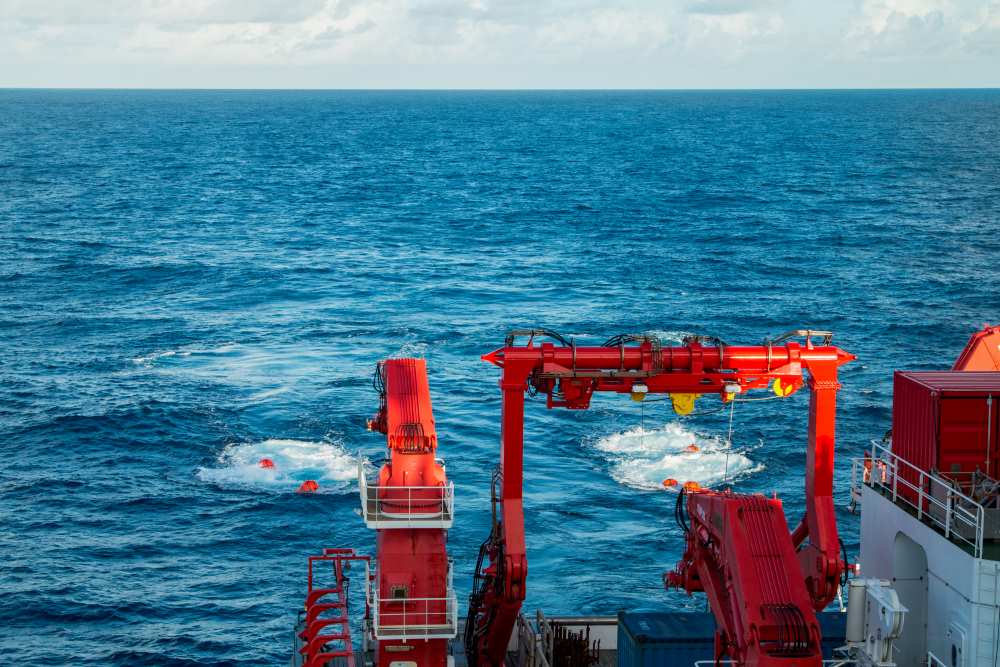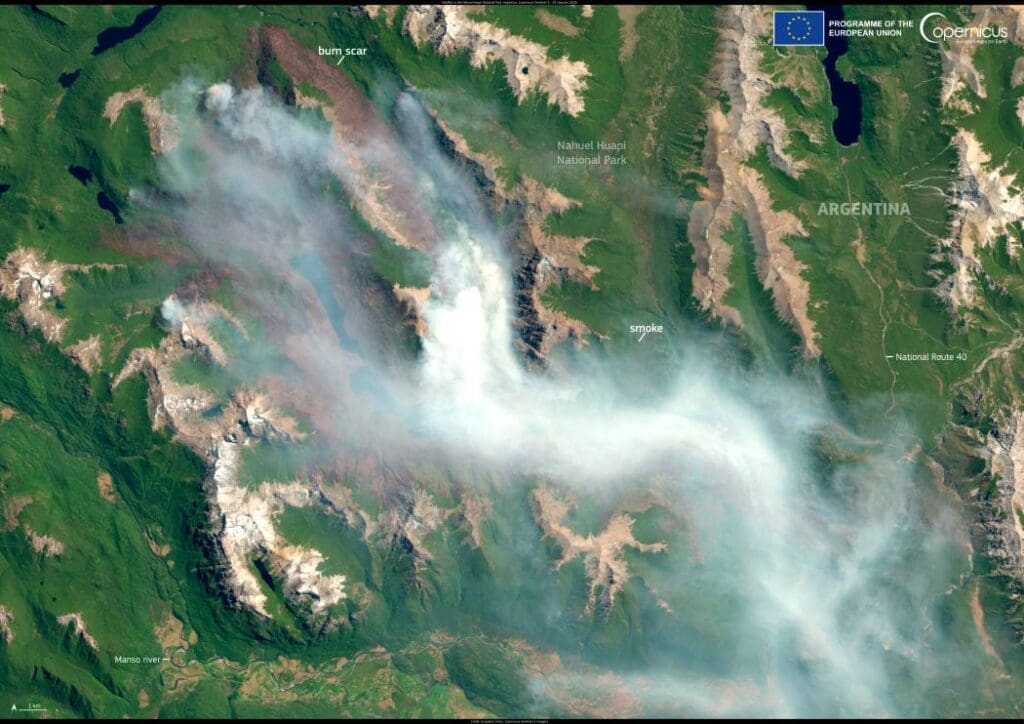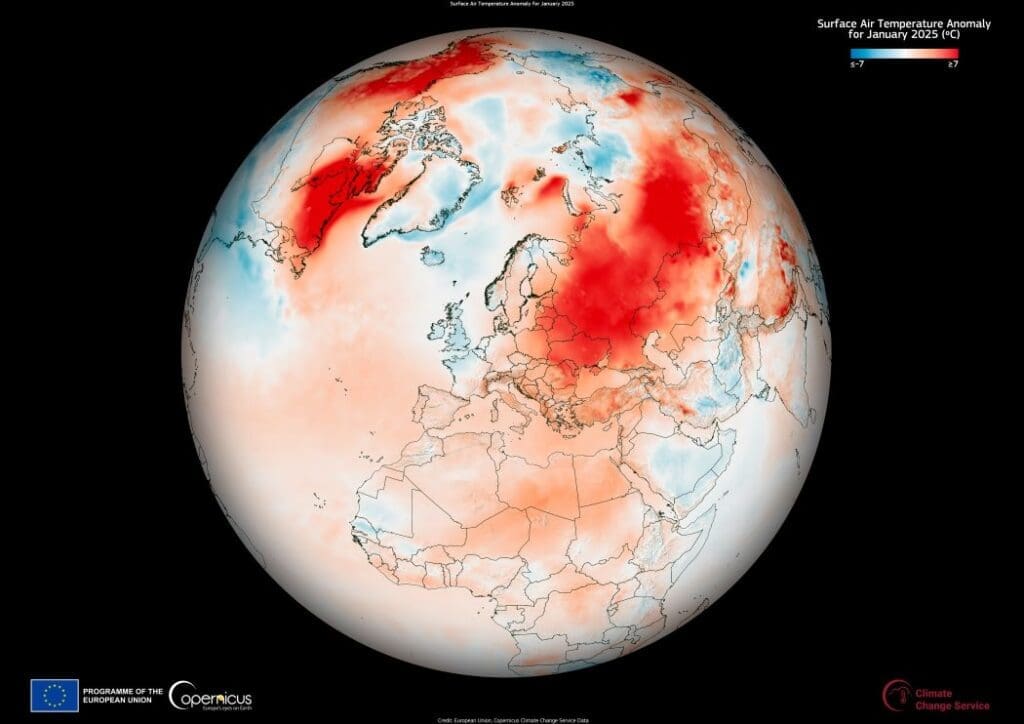Kiel | GEOMAR
How dangerous are submarine landslides in deep-sea canyons? To answer this question, the German research vessel SONNE sets sail today from Wellington, New Zealand, for a multi-week expedition in the South West Pacific. Led by Prof. Dr Sebastian Krastel (Kiel University, CAU), scientists from the CAU and the GEOMAR Helmholtz Centre for Ocean Research Kiel will investigate geological processes in two submarine canyons in cooperation with New Zealand partner institutes.
The aim of the MAWACAAP project is to better understand the factors that influence submarine landslides. The data collected will help to improve risk assessments for coastal regions and underwater infrastructure worldwide.

Today, the German research vessel SONNE will embark on an expedition off the coast of New Zealand. Under the leadership of Kiel University (CAU), researchers from CAU and the GEOMAR Helmholtz Centre for Ocean Research Kiel will investigate canyons on an active and passive continental slope in the southwest Pacific until 22 March.
The aim of the BMBF-funded MAWACAAP project is to identify the factors that determine the frequency, size and location of landslides in cooperation with the partner institutes GNS and NIWA (both based in New Zealand). The data collected will help to improve the risk assessment of submarine landslides in the region and globally, in order to protect inhabited coastal areas and underwater infrastructure such as cables.
The programme for Expedition SO310, which will depart from Wellington, will include extensive seismic surveys and geological sampling.
Exploring active and passive continental slopes
The Palliser and Pegasus Canyon research sites off the coast of New Zealand are only 190 kilometres apart, but are located on opposite continental slopes. While Palliser sits on an active continental plate boundary, where earthquakes can often trigger landslides, Pegasus Canyon is considered geologically quieter.
Passive margins are often characterised by the accumulation of thick, undisturbed sedimentary deposits. Here, changes in sea level due to climate change may play an important role in potential instability. Despite previous studies of canyons on active and passive margins, there has been little direct comparison of field data have been made. The researchers hope to fill this gap during the expedition.
“We hope that the new data we will obtain from the extensive seismic measurements and the sediment cores collected during the cruise will help us to better understand the hazard and risk potential of large underwater canyons for the coasts,” says Chief Scientist Professor Dr. Sebastian Krastel, Head of the Marine Geophysics and Hydroacoustics Working Group at Kiel University. “On this new expedition, we have the unique opportunity to directly compare different underwater canyons.”
Comprehensive Survey and Drilling Programme
The programme will include extensive seismic surveys and seafloor sediment sampling to analyse sedimentary structures and climatic and geological controls. The sediments, deposited over many geological eras, will be tested for strength and permeability, and bathymetric maps will be produced to determine the size, volume and age of past landslides.
The aim is to create a database of the frequency-volume relationship of these two canyons, which will provide important indicators for landslide risk assessment. “If we understand the influence of rock strata, the role of topography and the frequency and size of submarine landslides, we can also better predict future canyon activity,” says co-chief scientist Dr Anke Dannowski from the GEOMAR Helmholtz Centre for Ocean Research Kiel.
On 17 February, the German Embassy and the German Federal Ministry of Education and Research (Bundesministerium für Bildung und Forschung, BMBF) hosted a reception for 50 invited guests on the ship in Wellington Harbour. As part of the climate talks, scientists from Germany and New Zealand presented their research topics under the theme “German and New Zealand Research – The Power of Synergies”.
***
Expedition at a glance:
SONNE-Expedition SO310
Name: MAWACAAP (Quantifying the role of submarine canyon slides at active and passive margins)
Chief Scientist: Prof. Dr. Sebastian Krastel, Institute of Geosciences, Kiel University
Duration: 20.02.2025 – 22.03.2025
Start and End: Wellington (Aotearoa, New Zealand)
Area: South West Pacific
Article Source:
Press Release/Material by Helmholtz Centre for Ocean Research Kiel (GEOMAR)
Featured image credit: Philipp Brandl | GEOMAR



